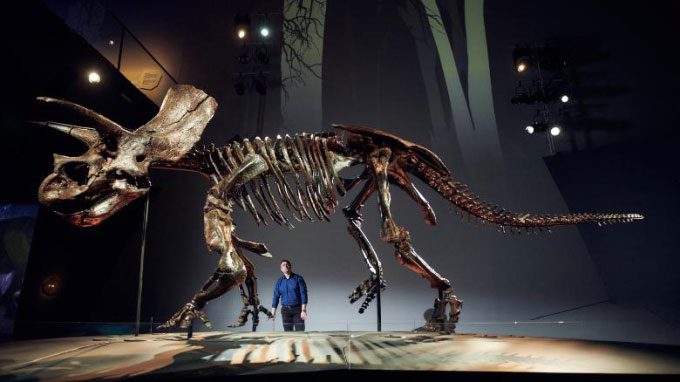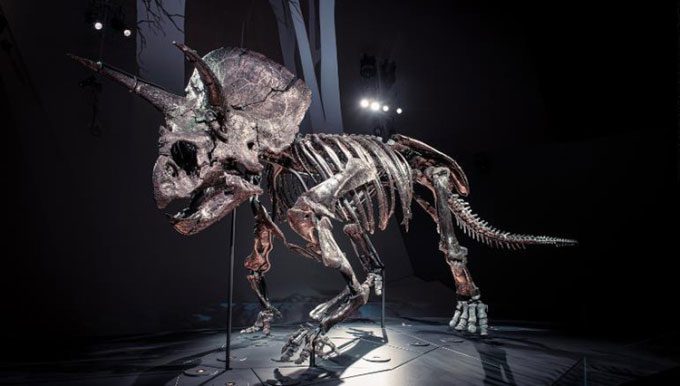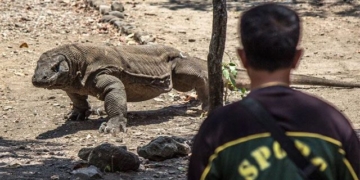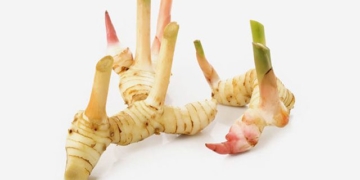67-Million-Year-Old Triceratops Fossil in Montana Amazes Researchers with 266 Preserved Bones.
While strolling around a sandstone outcrop on private land in Montana, Northwestern United States in 2014, paleontologist Craig Pfister stumbled upon fossilized pelvic and thigh bones glistening in the sunset within a large sinkhole formed from previous rains.

Fossil of the Triceratops Horridus. (Photo: Museums Victoria)
“I suspected it was something special, but it took a while to excavate before we could assess the age and quality of the specimen,” Pfister recounted.
The fossil was named Horridus by its new owner, Museums Victoria, the largest museum organization in Australia. This nickname originates from the full scientific name Triceratops horridus of a massive three-horned dinosaur that lived 67 million years ago.
Pfister is the founder of Great Plains Paleontology, a company based in Wisconsin that specializes in searching for and excavating fossils. In his nearly 30-year career, he has discovered numerous Tyrannosaurus specimens and other rare species, but Horridus remains his most impressive find.
After discovering the fossil, Pfister and several colleagues took more than a year to complete the excavation. This was understandable, as Horridus consists of 266 remaining bone fragments. It is nearly 85% complete, standing 2.5 meters tall, 7 meters long, and weighing 1,000 kg. The skull alone is 98% complete.

Horridus skeleton is nearly 85% complete. (Photo: Museums Victoria).
According to Erich Fitzgerald, senior curator of vertebrate paleontology at Museums Victoria, this is the most complete dinosaur skeleton in any museum in Australia and one of the best-preserved Triceratops specimens in the world.
Researchers are unclear how this herbivorous dinosaur was preserved so perfectly, but Fitzgerald believes it must have been buried shortly after death.
“I suspect the creature’s carcass drifted into a river, then quickly sank to the bottom and was buried by mud and sand. It may have also died in the water,” Fitzgerald explained.
Horridus is part of the collection at the Melbourne museum under Museums Victoria and is currently on public display in the Triceratops exhibition this month.





















































